Equality is for life, not just Pride Month - the inclusive mantra behind Run, Tri, Bike magazine
Ultra runner Jason Bahamundi on how running Cocodona 250 and Rocky Racoon helped him tell everyone's stories of endurance
Running Tales: After all is said and run tells the extraordinary stories of everyday runners. As a reader-supported publication we’d love your support. Please consider becoming a free or paid subscriber to get our latest articles.
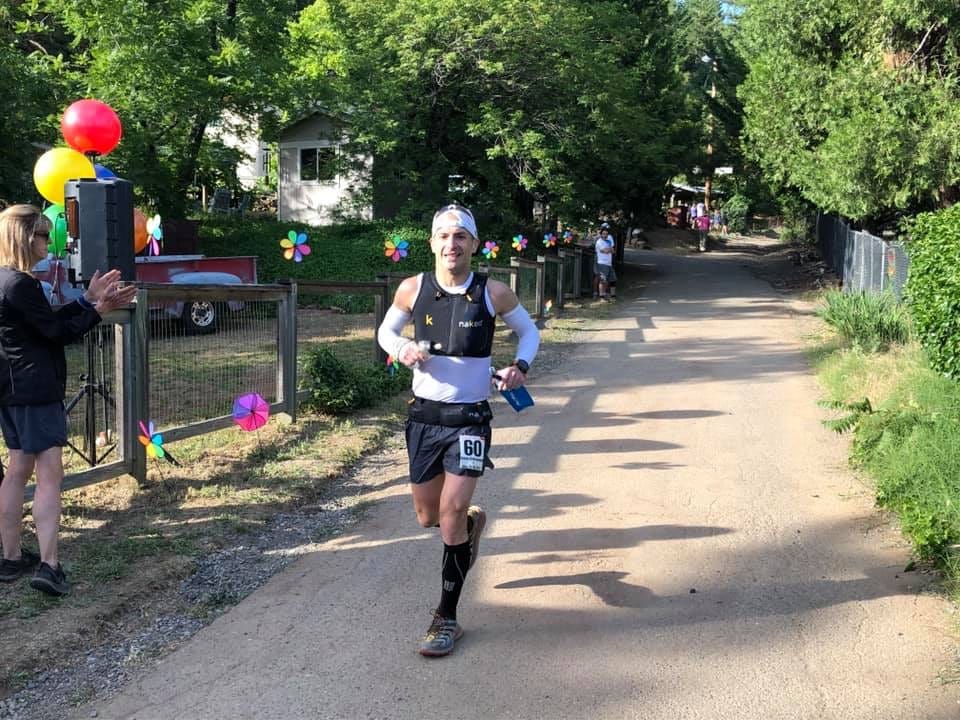
The banner at the head of the Run, Tri, Bike website displays the Pride Flag.
Not because it’s Pride Month or for any individual event. The flag sits proudly at the top of the site 24 hours-a-day, 365 days-a-year.
It’s presence is symbolic of what founder Jason Bahamundi says is central to the ethos of Run, Tri, Bike.
“In its simplest form, the vision and mission for Run, Tri, Bike is to be the voice of the everyday athlete by proving that there is a spot at the starting line for everybody and every body,” he told Running Tales.
Jason’s vision includes promoting the stories of those in the running world who may otherwise have been marginalised: “We believe that if one person reads a story, they might be inspired and motivated to go on their own journey as well.”
The online magazine’s demographics are skewed towards women, with 65% of readers in America being 25 to 54-year-old women.
As well as featuring a host of stories on female runners, the website also includes articles on people of colour and non-binary athletes, and often focuses on those at the back-of-the-pack.

And then there’s that banner. Jason takes up the story.
“About two years ago, during Pride Month, we changed the header on our banner to the Pride Flag,” he said. “We wanted to tell people, this is a welcome space for you.
“After the second year, when Pride Month was ending, I thought to myself, we're not taking that banner down because those people in the LGBTQIA+ community don't stop being who they are because the month ended.
“We have left it up there for the past few years so that they understand that they are welcome in our world. We want to talk to them, we want to share their stories, we want to highlight them.
“It just became part of who we are.”
‘I've always been a mama's boy’:
Jason also points to a recent interview with Raziq Rauf, a writer and running coach who produces the Running Sucks Substack newsletter.
“We’re with people from all across the globe,” he said. “Raziq is a perfect example. He's from Bangladesh via London, living in LA. And to me that is just fantastic.
“One of the things he said to me was south Asians aren't a big community in the running community. They are actually a minority of the minority. It was eye-opening to hear that.”
Asked about the magazine’s success in attracting a strong female audience, Jason laughed - and said it was because “I've always been a mama's boy”.
He said as a child he watched his mother face inequality within society, adding: “And I have a sister. I have aunts, I have a girlfriend. I have friends that are female.
“It didn't make sense to me for them to not have equal footing. One of the goals out of the gate was let's go talk to women. Let's get their voices heard.”
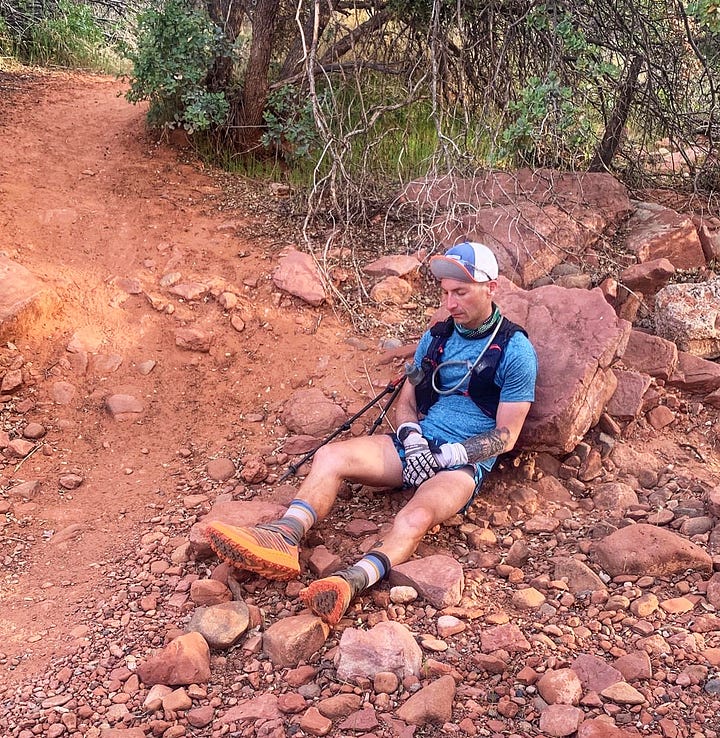
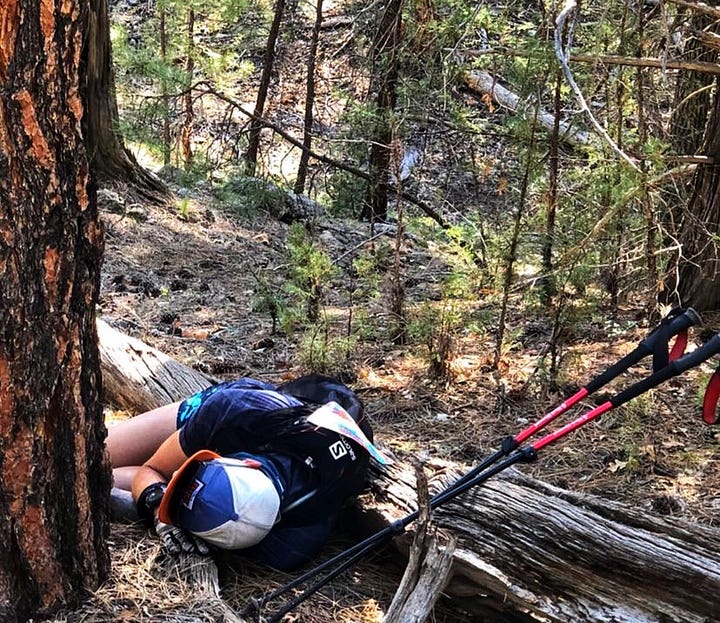
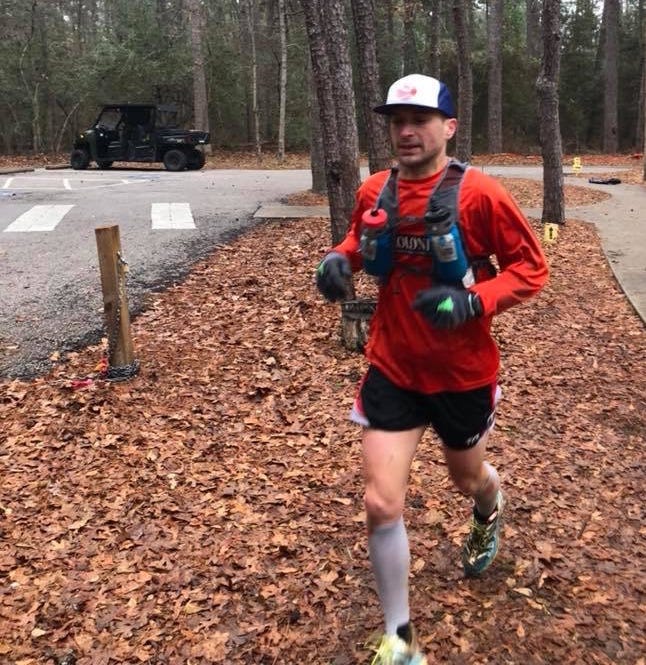

How the ‘Tin Man’ became an ultra runner:
Jason’s own background may provide a clue to his desire to bring greater inclusivity into the world of running.
In a profile on the No Limits Endurance Coaching website, he poses a question, asking: “Raise your hand if you would have said that a Puerto Rican kid, born in the Bronx and living in New York for 34 years would be a triathlete and ultra runner?’
That seemingly unlikely scenario is exactly what happened to Jason - and the journey all started when he was ‘voluntold’ to take part in a charity half-marathon.
Despite having grown up playing a range of sports, Jason had always considered running to be a punishment but he was confident his basic fitness levels would see him through.
He was wrong: “I ran one time around the track, 400 meters, and thought that the world was going to end.
“And then I walked a quarter mile, ran a quarter mile, walked a quarter mile, and I went home.”
Also on Running Tales:
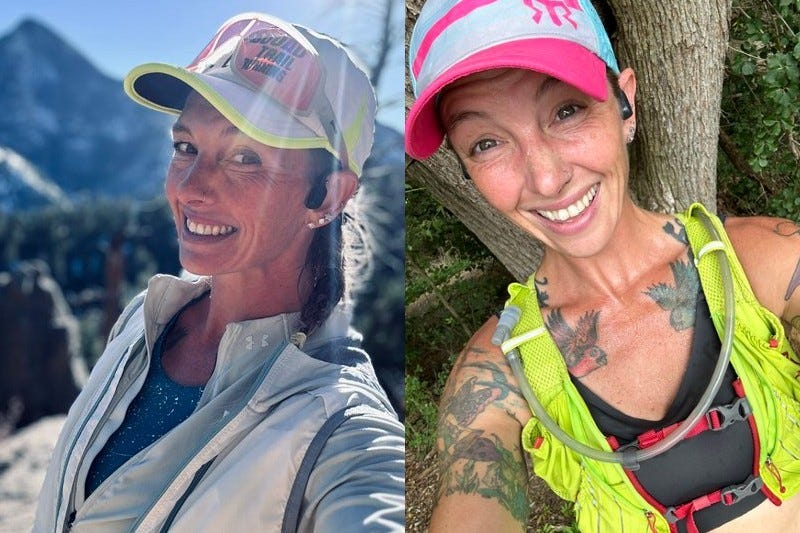
Despite how hard he found it, Jason loved the experience.
He discovered he has a desire to find out how far he could push himself, and almost before he knew it half-marathons had become marathons, then sprint triathlons and Ironman events.
His impressive list of ultra marathons includes Western States, the Rocky Racoon 100-miler, and Cocodona 250.
“Walking back from the track to my house after that first run, I had this sense of accomplishment,” he said.
“As a kid, the punishment wasn't go and run a mile. The punishment was go run 100 yards. Go run around the bases. Go run around the field.
“And now we were talking miles. At that time, I typically associated miles with driving. I'm going to drive 200 miles.
“Now, here I was actually moving my body for a mile. I have no idea how long it took. Fifteen, 20 minutes, who knows? But I started visualising, what does two miles look like from where I am today.
“And then it became five miles and then ten. When I met up with a group of people who were also running, those miles went by even faster than they were solo, and it just snowballed from there.”
Jason first felt he might have some ability as a runner when he clocked a sub-two hour half-marathon.
But that early confidence was dealt a blow during his first marathon. By the 18-mile point he resembled “the Tin Man” and it was a struggle to get through the race.
Undeterred, he vowed to improve on that effort, finishing his next marathon in an impressive three hours 30.
“I thought, I’m actually not bad at this stuff, I actually enjoy it now,” he said.
“I wasn’t at the front of the pack, getting on podiums and winning events, but I was better than I thought I was going to be. And that was really eye-opening.”
Jason said he quickly realised he is “more of a candle than a match,” better suited to running long distances than whizzing round a five or 10k race.
Perhaps his greatest achievement came at the Rocky Racoon 100-miler, a race he has completed several times including finishing first in his age group category - without even realising it.
He told Running Tales: “That was a crazy day. I had this goal to run under 19 hours. I didn't care where it put me on the finishing list.
“At my first Rocky Racoon, I said my goal was to run 24 hours. And, I forget the gentleman's name, but he was like, well, why don't you just try to keep up with the leaders then? And I took it as a challenge, and I think I ran my first one in 20-ish hours.
“So it was always a goal to get under 19 at that point. During that race, my focus was so much on getting under 19 hours, get under 19 hours, get under 19 hours. I didn't care where I was on the list of the finishers.
“When I did finish and I sat down in the chair, having expended every ounce of energy I could possibly expend. I was really interested in finding some liquids and some food to get some nourishment.
“And one of the run directors came over and said, oh, congratulations on winning the age group. And I was like, oh, who won the age group?
“I was looking around for the person because there was no way they were talking to me because that was just not a reality for me.
“And she said, no, it was you. You won your age group.
“That was a special finish line to cross to win an age group award in the male 40 to 49 category, which tends to be very competitive, especially at that race.”
The power of ultra running:
Ultimately, Jason’s experience as an ultra runner has been pivotal in his success as an entrepreneur.
“I don't think I can calculate how much being an endurance athlete has helped me in the business world,” he said.
He said the lessons he has learnt having to pivot and change strategy during ultra marathons have proved vital when faced with challenges in the media world.
“When I launched the business, we were printing a physical magazine and shipping it out to about 250 stores all across the United States. and the expense for printing wasn't a problem, but the expense for shipping was,” he said.
“After about a year and a half into our business journey, we pivoted. We said, if we're going to continue to do this, we have to stop printing a physical magazine.
“I had to call advertisers who, when they bought advertising from us, were buying a print magazine, which was nerve wracking, but they all thought it was a great idea.
“They were happy to be on board, and conversations that we have now prove that was the right decision to make.”
With a host of challenging races, including the Aravaipa Running Across the Years event and the Oregon 200 in his sights, and the stories of runners all over the world to tell, Jason will need all that resilience.
But one thing is certain. He’s building a running community everyone can be proud to be a part of.
Thanks as ever for reading and listening to Running Tales. We couldn’t do this without your support - please back us to keep going by…



